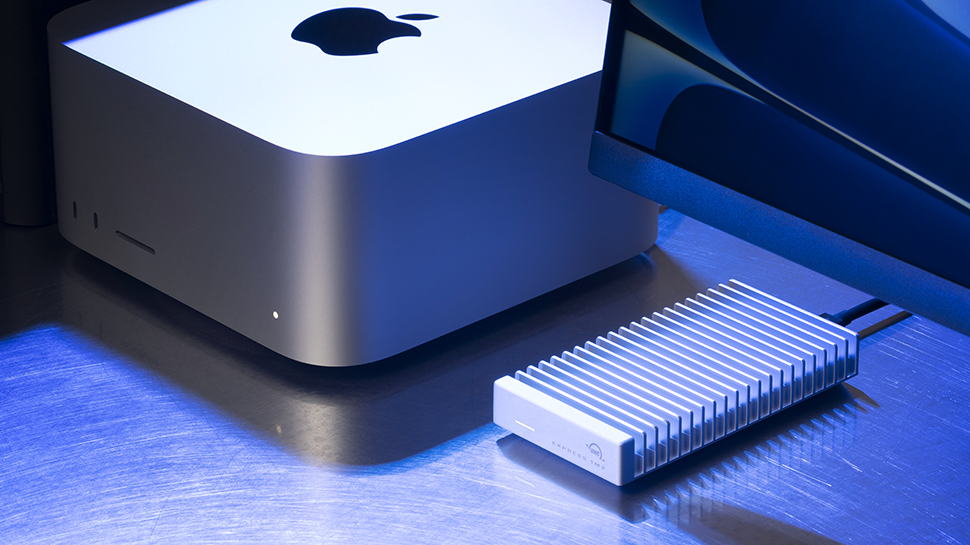Massive Layoffs Hit Troubled Robotaxi Developer Cruise
Cruise, General Motors’ self-driving development subsidiary, will lay off almost a quarter of its workforce—about 900 employees—the company announced Thursday. The cuts are part of a broader restructuring to focus the robotaxi unit on a narrower path to commercialization. Instead of expanding its commercial robotaxi service to multiple US cities, the company will relaunch its currently paused service in just one.
Cruise wants to “enhance our safety standards and processes before we scale,” company co-president and CTO Mo ElShenawy wrote in a letter to employees announcing the layoffs today. A company blog post said that 24 percent of full-time Cruise employees will be let go, with a focus on field and commercial operations, and corporate staffing, though some engineers are also affected. The company had already cut last month a portion of its contingent workforce who kept self-driving vehicles clean, charged, and maintained.
The cuts at Cruise add to a tumultuous fall for the robotaxi company, which until recently was ,along with Alphabet’s Waymo. a front-runner in the race to automate driving. California regulators in October suspended Cruise’s permit to operate in San Francisco—home to its longest-running test bed—as they alleged the company failed to disclose details of a crash that sent a pedestrian to the hospital with serious injuries.
Days later Cruise halted autonomous vehicle testing and operations US-wide. Prior to the crash, the company also operated robotaxi services in Austin, Texas, and Phoenix, Arizona, and had plans to launch in Houston, Dallas, and Miami, among other cities.
On Wednesday, as first reported by Reuters,, the company said it had parted with nine top executives, including leaders in legal, government affairs, commercial operations, and safety and systems, as part of a safety review triggered by the San Francisco crash. Company spokesperson Erik Moser said that Cruise is “committed to full transparency and [we] are focused on rebuilding trust and operating with the highest standards when it comes to safety, integrity, and accountability.” The company “believes that new leadership is necessary to achieve these goals,” he said. Cruise CEO and cofounder Kyle Vogt resigned last month.
In a written statement, General Motors spokesperson Aimee Ridella said “GM supports the difficult employment decisions made by Cruise as it reflects their more deliberate path forward, with safety as the north star.” The Detroit automaker acquired the self-driving developer in 2016.
General Motors has lost some $8 billion on Cruise since 2017, according to financial filings, and this year has spent at least $1.9 billion on the company. Last month, GM said it would cut the subsidiary’s funding by “hundreds of millions” of dollars in 2024.
Last month, General Motors halted production of its purpose-built robotaxi, called the Origin. The futuristic vehicle, a six-seat cube on wheels, doesn’t have a steering wheel, and it needs federal approval to hit the roads because its unconventional shape means it doesn’t meet safety standards. In his letter to staff on Thursday, ElShenawy confirmed the company’s pared-down vehicle ambitions. He said Cruise would be “focusing on the Bolt platform”—the conventional, Chevrolet-branded electric car that Cruise has used to operate for years— “for this first step before we scale.”


